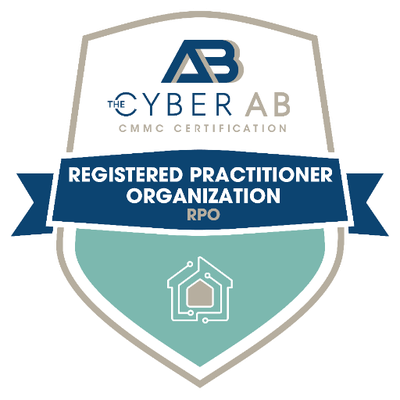6 Cybersecurity Best Practices to Protect Your Business
Cyberattacks are a real threat to businesses of any industry or size. However, there are several cybersecurity best practices that can help prevent data breaches from happening at your company.
Schedule Complimentary Network Scan







As a small or large business with multiple ongoing projects and revenue goals, it can be easy to overlook basic cybersecurity measures. However, what may seem like an extra expense can be invaluable to your company’s future security and profitability. According to surveys taken from 2006 to 2020, data breaches have been steadily increasing in the United States. In 2020, cyberattacks cost US businesses on average more than 8 million dollars. But how can you prevent your business from becoming a statistic?
6 Best Practices for Business Cybersecurity
Cyberattacks are a real threat to businesses of any industry or size. However, there are several cybersecurity best practices that can help prevent data breaches from happening at your company.
1) Regularly back up data.
Regularly backing up your company’s data is one of the most concrete methods of avoiding the repercussions of ransomware. Implementing processes where data is routinely saved and stored in a secure, separate location, is an excellent form of insurance in the event your company’s data should become compromised, corrupted or held for ransom.
2) Set up a reliable firewall.
Protecting the security of your computer network is one of the most important practices for complete cybersecurity. This can be done by investing in a quality firewall. This security system is designed to prevent unauthorized internet users from gaining access to your private network. Restricting access to your company’s network to only authorized individuals greatly reduces the risk of network hacking.
3) Require safe password management.
According to a recent study by the Clark School of Engineering, a computer hack is attempted over the internet every 39 seconds. Simple or easy to guess usernames and passwords make it that much easier. Requiring safe password handling, such as the use of a secure password management system, and maintaining complex login credentials can greatly reduce this rate.
4) Mandate multi-factor authentication.
A secondary form of authentication is another highly recommended method of hacking prevention. In case a malicious software or entity was to gain access to your login credentials, multi-factor authentication requires a second form of identity verification. This last line of defense is often a unique access code sent to a trusted email, phone number or third-party application, which the user will need in order to log in.
5) Install antivirus on company computers.
As should be expected, human error is another concern for cybersecurity. Antivirus should be installed to prevent malware, ransomware and other malicious software from being unintentionally downloaded onto company computers. There are many antivirus programs available for both personal and commercial use, but most offer full system screening, transaction protection and malware protection.
6) Educate your employees.
Unfortunately, antivirus software and preventative measures cannot account for “human hacking” methods. Educating your employees about and its associated risks is the best way to prevent psychological hacking methods such as phishing emails, tailgating, pretexting and more.
Consult with an experienced cybersecurity partner.
These best practices for cybersecurity only scratch the surface of achieving full network security. To effectively prevent the risk of data breaches and protect your company’s assets, partnering with an experienced cybersecurity consultant is a must.
With SSE, your company’s data and assets are in good hands. Our competitive cybersecurity packages offer consultations, security awareness training and security software to ensure your information stays internal and protected. Invest in your cybersecurity today and reach out to one of our specialists for a complimentary network scan to determine where your company may have vulnerabilities and how to address them.